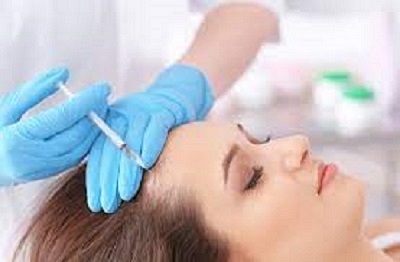
PRP for hair treatment in Abu Dhabi has emerged as a promising treatment option for hair loss, offering a natural and effective solution for individuals seeking to restore their hair’s thickness and vitality. Understanding the PRP procedure step-by-step is essential for those considering this treatment. In this article, we’ll delve into the intricacies of PRP therapy for hair loss, providing insights into each stage of the procedure.
Step 1: Consultation and Evaluation
The PRP process begins with a thorough consultation and evaluation with a qualified healthcare provider specializing in hair restoration. During this initial appointment, the provider will assess the patient’s medical history, examine the scalp and hair follicles, and discuss treatment goals and expectations. This consultation is an opportunity for the patient to ask questions, express concerns, and gain a clear understanding of the PRP procedure.
Step 2: Blood Collection
Once the patient decides to proceed with PRP therapy, the next step involves blood collection. A small sample of the patient’s blood, typically taken from the arm, is drawn using a sterile syringe or vacuum tube. The amount of blood collected depends on the specific PRP protocol and the treatment area.
Step 3: Centrifugation
After blood collection, the sample is processed in a centrifuge machine to separate the platelet-rich plasma from other blood components. Centrifugation allows for the isolation and concentration of platelets, which are rich in growth factors and cytokines essential for tissue repair and regeneration.
Step 4: Preparation of PRP Solution
Once centrifugation is complete, the platelet-rich plasma is extracted and prepared for injection. The PRP solution may be further processed or activated using additives such as calcium chloride or thrombin to enhance its therapeutic properties.
Step 5: Anesthesia
Before PRP injection, the scalp is numbed using a local anesthetic to minimize discomfort during the procedure. The anesthesia may be administered topically or through small injections into the scalp, ensuring a comfortable experience for the patient.
Step 6: PRP Injection
With the scalp adequately numbed, the healthcare provider carefully administers the PRP solution into targeted areas of the scalp using a fine needle. The injections are strategically placed to target areas of hair thinning or loss, stimulating hair follicles and promoting hair growth.
Step 7: Post-Treatment Care
Following PRP injection, patients are provided with post-treatment care instructions to optimize healing and maximize results. This may include avoiding strenuous activities, refraining from washing the hair for a specified period, and following any additional recommendations provided by the healthcare provider.
Step 8: Follow-Up
Patients typically undergo a series of PRP treatments spaced several weeks apart to achieve optimal results. Regular follow-up appointments allow the healthcare provider to monitor progress, assess treatment efficacy, and make any necessary adjustments to the treatment plan.
Conclusion
Platelet-Rich Plasma (PRP) therapy for hair loss offers a non-surgical, minimally invasive approach to hair restoration, harnessing the body’s natural healing mechanisms to stimulate hair growth. By understanding the PRP procedure step-by-step, individuals can make informed decisions about their hair restoration journey and work towards achieving fuller, thicker hair with confidence.


